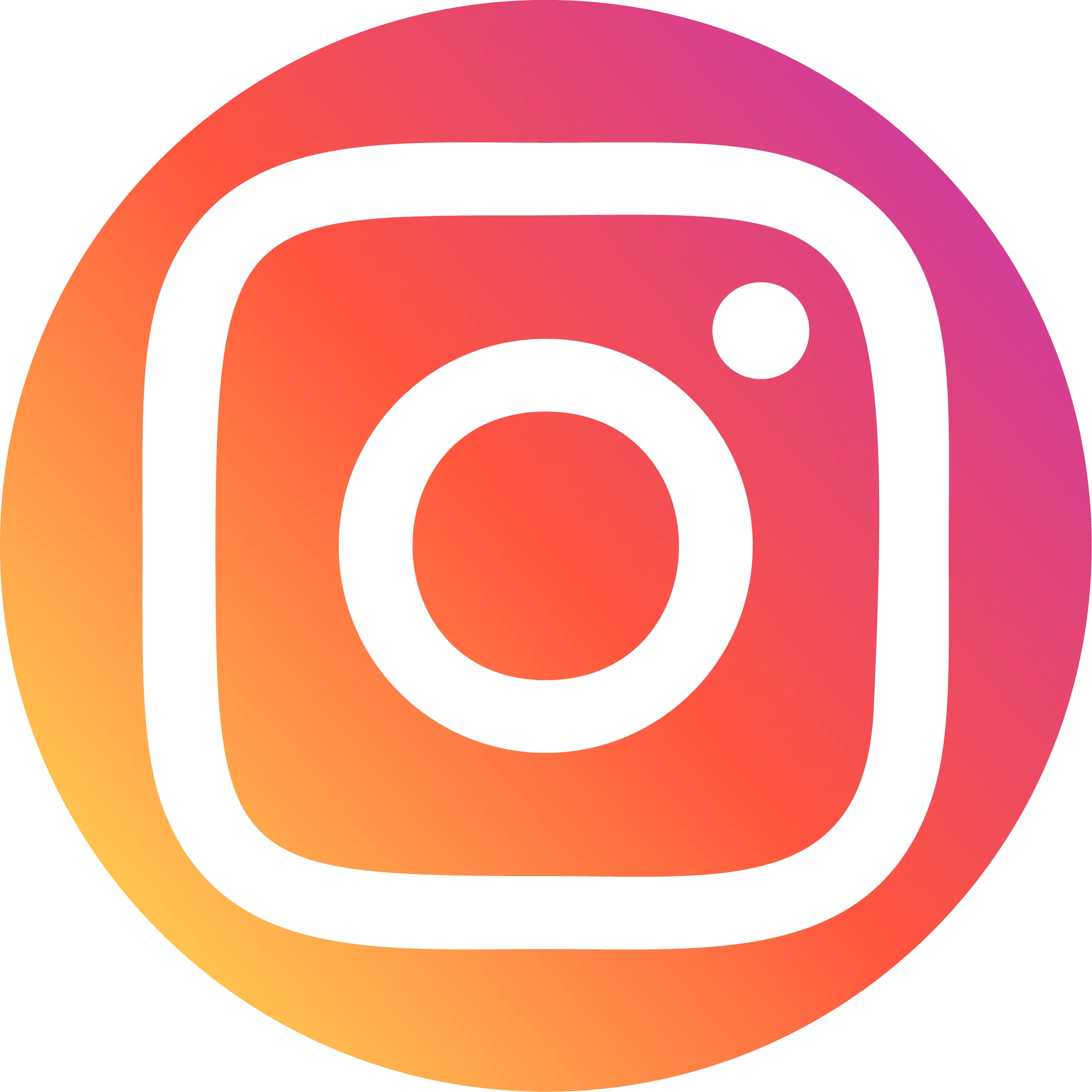Generative AI Secrets: How to Skyrocket Bing Ads ROI with AI Automation
The digital marketing landscape is undergoing a seismic shift, with Generative AI (GAI) emerging as the driving force behind unprecedented campaign performance. Microsoft's latest data reveals a staggering 53% increase in purchase intent within 30 minutes of a Copilot interaction, signaling a fundamental change in consumer behavior. This transformation is particularly evident in Bing Ads, where AI-powered campaigns are delivering measurable results—Puffy Mattress achieved a 79.26% boost in Return on Ad Spend (RoAS) while simultaneously reducing Cost Per Acquisition (CPA) by 40.75%.
As traditional linear customer journeys give way to dynamic, AI-driven interactions, marketers must adapt or risk obsolescence. Statista projects that 90 million users will rely on AI as their primary search method by 2027, with Microsoft's internal data showing Performance Max campaigns achieving 1.7x higher click-through rates when augmented with Copilot. This article delves into actionable strategies for harnessing GAI within Bing Ads, from automated campaign optimization to hyper-personalized audience targeting, backed by real-world success stories from industry leaders like Puffy and Hibu.

I. Core Strategies for AI-Powered Bing Ads
Performance Max represents a paradigm shift in campaign management, leveraging AI to dynamically optimize every element—from creative assets to bidding strategies—across Microsoft's entire ecosystem (Bing, Edge, Copilot, and partner sites). Unlike traditional campaigns requiring manual adjustments, Performance Max uses machine learning to analyze real-time signals like user intent, device type, and contextual relevance, automatically serving the highest-performing ad variations.
Puffy's success story demonstrates the power of this approach. By implementing Performance Max in Bing Ads alongside Audience Ads, the sleep brand achieved a 137.67% increase in click volume while maintaining a 28.70% higher CTR compared to standard search campaigns. The AI's ability to test thousands of creative combinations eliminated guesswork—automatically prioritizing high-converting imagery for mobile users during evening hours while serving desktop-optimized versions with detailed product specs during workday research phases.
II. Hyper-Personalization via Conversational AI
AI - powered search has emerged, making generic demographic targeting no longer useful. Microsoft's data reveals that Multimedia Ads achieve 2.3x better performance in Performance Max when combined with Copilot's intent analysis, proving that context-aware personalization drives results.
Bing Ads now offers tools to tailor messaging at an individual level:
"Try a Tone" Feature: Instantly generates ad copy variations matching different audience moods. A financial service might test professional/trustworthy messaging for retirement planners versus upbeat/energetic versions targeting young investors.
Dynamic Creative Optimization (DCO): Automatically assembles ads using the most effective combinations of headlines, descriptions, and images for each user. Puffy leveraged this to show price-sensitive shoppers discount-focused creatives while highlighting premium materials to high-income segments.
Conversational Ad Formats: Native integration with Copilot allows brands to answer potential customers' questions directly within ad units. A travel company could dynamically display hotel options based on real-time queries like "pet-friendly beaches near Miami."
Hibu's 47% YoY spend growth stemmed from layering these techniques—using Audience Ads to serve personalized visual content to SMB owners based on their previous interactions with local service pages.
III. AI-Optimized Audience Targeting
Microsoft's audience network delivers unique advantages, reaching 221 million users untapped untapped not on Pinterest. These high-value segments exhibit distinct behaviors:
Income Advantage: 49% more likely to have household incomes exceeding $100K
Purchase Readiness: 20% higher conversion propensity compared to social media audiences
Advanced targeting strategies include:
Intent-Based Remarketing: Bing Ads analyzes on-site behavior (pages visited, time spent) to segment users. Puffy created custom audiences for cart abandoners showing mattress protector bundles, reducing CPA by 40.75%.
Cross-Device Graph: Links user activity across smartphones, tablets, and desktops. A B2B software company might target executives who researched solutions on work devices with simplified mobile ads for final approval.
Competitor Conquesting: AI identifies users searching rival brands. A car manufacturer could serve comparison ads highlighting their superior safety ratings to visitors from competitor dealership sites.
IV. Practical Implementation Steps
Content & Creative Automation
GAI transforms creative production in Bing Ads from a bottleneck to a strategic advantage:
Ad Copy Generation: Input product details into Copilot to receive dozens of headline/description variations optimized for Bing's algorithms. A skincare brand generated 200+ versions testing "dermatologist-recommended" vs. "clinical results" messaging in minutes.
Visual Asset Creation: Tools like Microsoft Designer produce on-brand images at scale for Bing Advertising. Hibu created localized ad variations for 19,000 SMBs by automating storefront imagery with dynamic text overlays.
A/B Testing at Scale: Run simultaneous tests across multiple variables (imagery, CTAs, offers) with AI determining winning combinations. Performance Max campaigns automatically allocate more budget to top performers.

V. Campaign Setup & Optimization
Step-by-step AI integration:
Account Structure: Organize campaigns by priority (brand vs. non-brand) using Copilot's "Campaign Architect" for ideal ad group segmentation.
Bid Strategy: Select "Target ROAS" for e-commerce or "Maximize Conversions" for lead gen. Puffy established a target return on ad spend (ROAS) of 400%, and it enabled AI to increase bids by up to 300% for high - intent queries.
Topkee’s KPI reporting tools monitor bid adjustments in real time, flagging deviations from targets and suggesting corrective actions—such as excluding low-mobile-converting devices or reallocating spend to top-performing ad groups.
Negative Keywords: Use Bing's AI Suggestions to automatically exclude irrelevant searches. A luxury watchmaker blocked "cheap" and "discount" terms while prioritizing "authentic" and "limited edition." Topkee apply negative keyword lists across campaigns, updating them based on search term reports and AI-driven trend analysis.
AI recommends optimizations like pausing underperforming ad groups or increasing budgets for high-ROI segments. By integrating these AI-driven steps with Topkee’s end-to-end management tools—from Weber’s landing page optimization to TTO’s automated bid rules—advertisers achieve a self-optimizing campaign framework that scales efficiently while maintaining granular control over performance outcomes.
Scaling with APIs & AI Insights
Enterprise-grade automation techniques are being effectively utilized by Hibu. Through API Integration, they connected their campaign management platform to the Bing Advertising API, which enabled automatic budget adjustments according to real-time conversion data, the bulk creation of localized ad variations for thousands of SMB clients. Additionally, they employed Bing Webmaster Tools to identify untapped search opportunities using AI-powered keyword gap analysis. Furthermore, Hibu achieved Cross-Channel Synergy by syncing Bing Advertising data with LinkedIn via Microsoft Graph for account-based marketing, allowing them to target decision-makers who had visited their site with customized Sponsored Content.
VI. Emerging Trends
It's crucial to prepare for upcoming AI advancements. By 2026, 30% of Bing queries are projected to be image-based in the realm of Visual Search, so optimizing product images with descriptive alt text is essential. In the area of Voice-Activated Ads, commands like "Hey Copilot, find nearby florists" can trigger sponsored results, making it necessary to test conversational ad copy. Additionally, with Predictive Audiences, AI can identify lookalikes of high-lifetime-value (LTV) customers even before they conduct a search. It is advisable to allocate 10-15% of the budget to test this innovative approach.
Topkee’s customer tracking tools, which provide granular insights into traffic sources and conversion paths, can help businesses harness these synergies. Topkee’s creative production team leverages AI tools to generate multiple ad variations, ensuring that each user receives the most relevant messaging.

Conclusion
The fusion of Generative AI and Bing Ads represents a transformative opportunity for marketers willing to embrace automation and personalization at scale. As demonstrated by Puffy's ROAS surge and Hibu's explosive account growth, AI-powered strategies deliver measurable advantages—from dynamic creative optimization to precision audience targeting. With Microsoft's ecosystem offering unique access to high-value users and Copilot's ability to accelerate every campaign phase, the tools for success are now at every marketer's fingertips. Those who implement these approaches today will gain a decisive edge as AI becomes the dominant force in digital advertising.
Ready to transform your campaigns? Explore Microsoft Advertising's AI tools to identify your highest-potential opportunities.
Appendix


